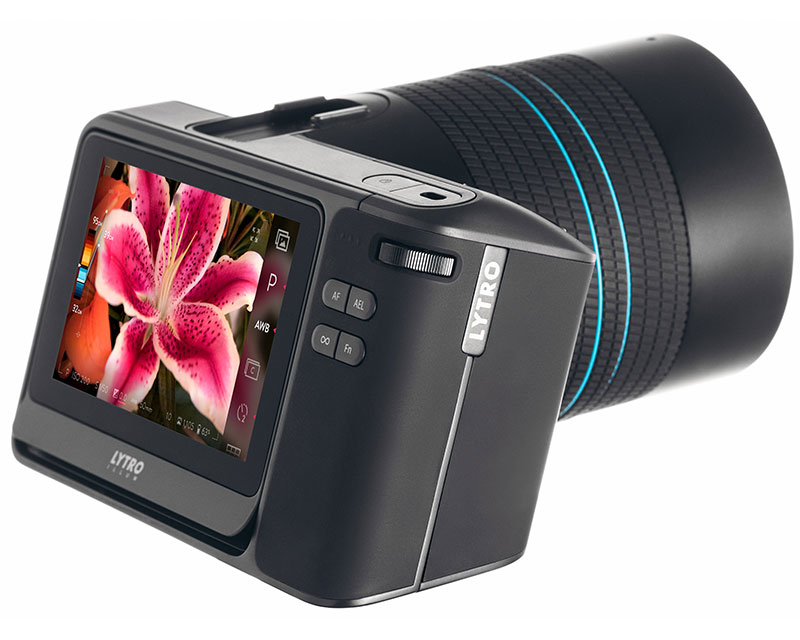Photography continues to hold a grand appeal, giving the ability to capture countless moments in their lives. Over the course of the past few years, advancements in Light Field Technology have been changing the world of photography as we know it. A camera company, Lytro, introduced this phenomenon in 2012 with the world’s first initial consumer Light Field Camera. These cameras allow users to manipulate the light field, which in basic terms, is the area that light touches–our line of sight; Lytro allows users to choose what to focus on after the pictures are taken. This gives users the freedom to create custom animations and/or Living Pictures, 3D Lenticular prints and stereoscopic side by side animations.
The second generation Lytro ILLUM was released in 2014 along with the Lytro Desktop, Lytro iOS Mobile Application and the Lytro Development Kit. The iOS app allows users to access their live pictures taken on the ILLUM through their phone.
The downfall to these devices is their extravagant price of nearly $1,300. Due to these high costs, Lytro hasn’t gained much publicity. Among some photography enthusiasts lies the question of whether or not there’s much use to this adjustable focus. It’s a major technological advancement to capture the entire light field but what use due these photos actually serve?
After the Lytro cameras fell through, the company shifted its focus toward filmmakers. In the Fall of 2016 the Lytro Cinema was released, a device that streamlines the creation process, bringing the power of its light-field technology directly into the editing room. The CEO Jason Rosenthal explained the company’s reasoning for switching, “The cold hard fact was that we were competing in an established industry where the product requirements had been firmly cemented in the minds of consumers by much larger, more established companies”. The Cinema knows how everything exists in the space around it so it can preserve all angular components of the captured scenes.
With such extensive recording abilities, the Lytro Cinema makes the filmmaking process much cheaper. Before, directors would need to film a single scene over and over until the desired result was perfected. Now, the scene can be recorded once and altered by incorporating Computer-Generated Imagery (CGI). Also, the well-known Green Screen may become obsolete because the Cinema software allows you to manage visual effects without it. Rentals for the Cinema start at $125,000 and go up, depending on the length of the rental. This is only a fraction of the costs in movie production.
Photography is also improving with mobile phone advancements. The iPhone 7 has incorporated technology that even some camera companies haven’t.
The Image Signal Processor (ISP) in the A10 Fusion chip improves shots behind-the-scenes (or rather behind-the-screens) by powering billions of operations when the user takes a pic. The ISP instantly improves the focus and white balance in roughly 25 milliseconds.
The Flash is 50% brighter and more efficient because it adjusts to the color temperature of the environment. The Optical Image Stabilizations (OIS) reduces motion and shaking, ultimately allowing 3 times longer exposures than the iPhone 6s. The real breakthrough is with the iPhone 7 Plus, which has a second Telephoto camera that has optical zoom which allows zooming without the loss of quality. The 12 megapixel lens adds a depth-of-field effect to images, though only activated via a software update. The Depth-of-field feature, also known as the Bokeh, brings photos “to life” through an almost 3D display.
Another phone advancement is the Moto Z by Motorola. The company knows that smartphone users detest quality loss on zoomed-in photos. Thus the company created the Hasselblad True Zoom, an accessory that transforms your phone into an actual camera by adding a big lens with 10x optical zoom, a shutter button, and a flash. This add-on can be removed so the user doesn’t need to carry around a bulky camera around all day.
The zoom operates quickly and the photos are almost as high quality as the typical point-and-shoot camera, though now the photos are directly in your phone so they can easily be shared through Instagram or Twitter.


